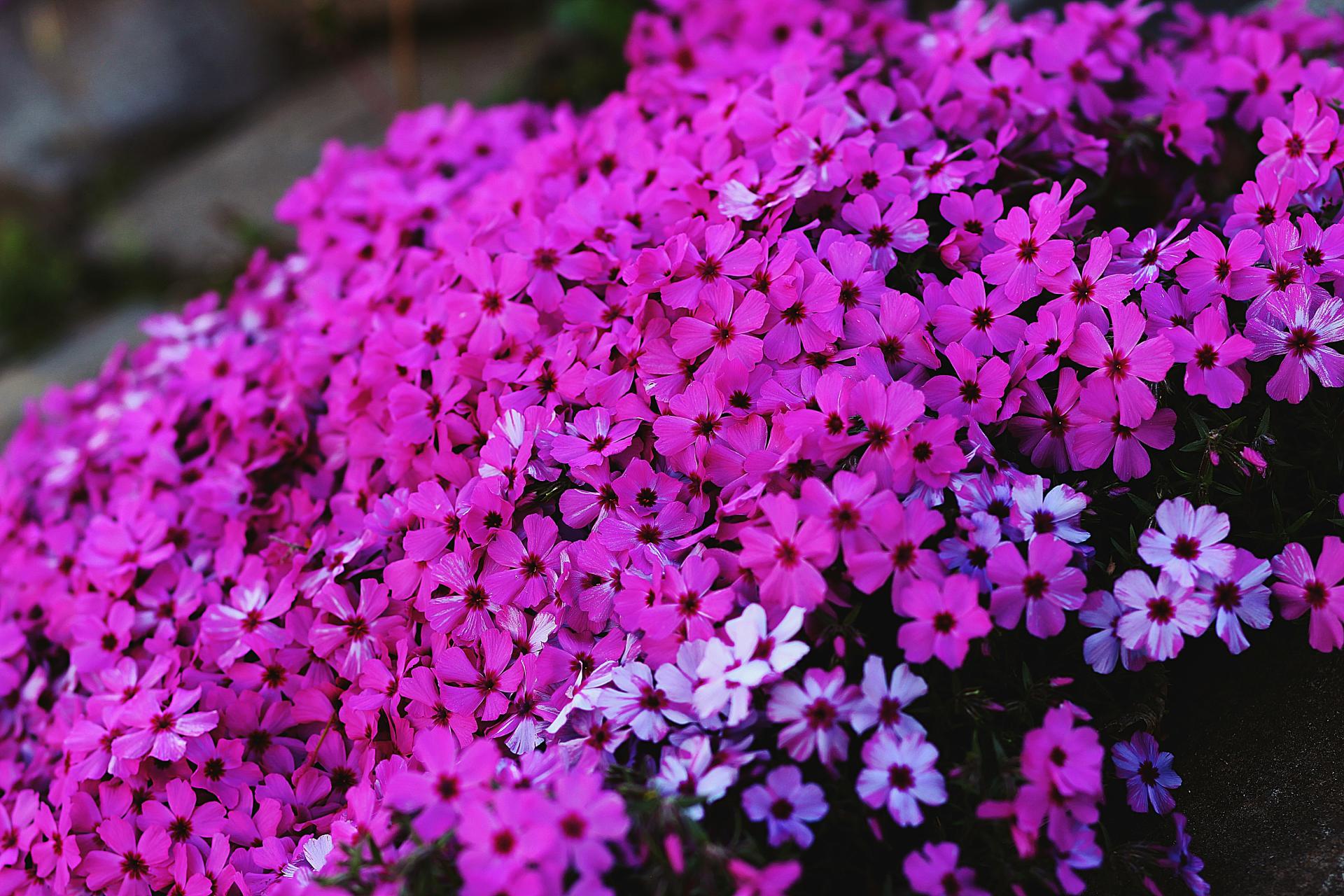You are here
Be A Better Gardener: A Better Mulch for our Gardens
Be A Better Gardener: A Better Mulch for our Gardens
By Thomas Christopher
Sometimes even the best innovations have unexpected consequences. One of the most important and successful pieces of environmental legislation in the history of the United States, for example, inadvertently transformed the look of American gardens. And not for the better.
I grew up in a suburban landscape that was largely mulch-free. Then, when I was in high school and earning money by doing yardwork for neighbors, Congress passed the Clean Air Act of 1970. The result was a dramatic drop in air pollution. This caused the average American to live a measurably healthier and longer life. But one relatively minor aspect of the legislation was that it deprived the forest products industry of what had been the standard means of disposal for wastes such as bark and sawdust: open-air burning.
In the case of bark, some ingenious executive realized that by grinding it into uniform chunks, the companies could market it as landscape mulch and turn it into a source of revenue. Soon, I found myself spending my weekends and summers spreading bark mulch around customers’ foundation plantings.
This brought some practical benefits. Any kind of mulch helps to keep the soil moist by reducing water lost by evaporation into the atmosphere. Mulch also insulates the soil, keeping it cooler in summertime, which benefits plant roots. An organic mulch such as bark nuggets boosts the organic content of the underlying soil as it decomposes. A couple of inches of bark mulch also suppresses the germination of weed seeds.
What my customers liked best about bark mulch, though, was the finished look it provided. Like a neatly trimmed, weed-free lawn, the islands of shrubs and flowers tucked in with brown nuggets bespoke suburban aspiration. As such, bark mulch became more than a sensible cultural tool. Soon the demand outran the original supply of conifer bark. Shredded hardwood bark was pressed into service, and when that could not satisfy the ever-growing appetite, producers began grinding up the wood as well, dyeing the cellulose scraps different colors – red and black as well as brown – to enhance their appeal. Old shipping pallets and discarded construction materials were tossed into tub grinders to produce yet more of the artificially colored landscape cover.
Over time, mulch displaced plants as the central feature of the garden. Perennials, ornamental grasses, and shrubs, spaced more and more sparsely, became a mere spice for the processed main course. Suburban landscapes became even less biodiverse and less supportive of wildlife.
This is why I’ve switched to “green mulches”
A green mulch is a carpet of mingled, low-growing plants that covers the bare earth between your shrubs and other garden features. By shading the ground below, the green mulch also reduces summertime heating of the soil and reduces water loss through surface evaporation. By filling the soil with its roots, the green mulch also discourages weed invasion. As the green mulch roots age and are replaced by new growth, they decay, injecting new organic matter deep into the soil. Finally, if you choose your green mulch plants carefully, they will also benefit pollinators and other native insects, enhancing the function of your garden ecosystem.
Many of the less aggressive, traditional garden groundcovers can work successfully as elements of a green mulch. Creeping phloxes (Phlox subulata) make an excellent choice for sunny spots with well-drained soils. weet woodruff (Galium odoratum) and European wild ginger (Asarum europaeum) provide a handsome background of low, glossy green foliage in partially shaded or shady spots, although the sweet woodruff has occasionally been reported as invasive in some regions of North America. That issue, potential invasiveness is one of the reasons I favor native groundcovers for this role. In their case, prolific seeding and volunteer seedlings become an advantage, especially since these native plants provide more food as a rule for native insects and other wildlife than imports.
I also like to mix it up with a green mulch planting. Intermingling different species creates a more resilient cover. If a pest or disease attacks a single species bed of groundcover, the result can be an unsightly epidemic. In a mixed bed, neighbors fill in the gaps left by the loss of one species.
Most good native plants nurseries offer selections of native groundcovers. The choices extend beyond perennial flowers to such attractive foliage plants such as sedges, grasses, and ferns. The nursery staff and online databases can also help you assemble a blend which will be compatible as well as attractive.
Be-a-Better-Gardener is a community service of Berkshire Botanical Garden, located in Stockbridge, Mass. Its mission, to provide knowledge of gardening and the environment through a diverse range of classes and programs, informs and inspires thousands of students and visitors each year. Thomas Christopher is a volunteer at Berkshire Botanical Garden and is the author or co-author of more than a dozen books, including Nature into Art and The Gardens of Wave Hill (Timber Press, 2019). He is the 2021 Garden Club of America's National Medalist for Literature, a distinction reserved to recognize those who have left a profound and lasting impact on issues that are most important to the GCA. Christopher’s companion broadcast to this column, Growing Greener, streams on WESUFM.org, Pacifica Radio and NPR and is available at berkshirebotanical.org/growinggreener.
Help Our Garden Grow!
Your donation helps us to educate and inspire visitors of all ages on the art and science of gardening and the preservation of our environment.
All Donations are 100 percent tax deductible.


